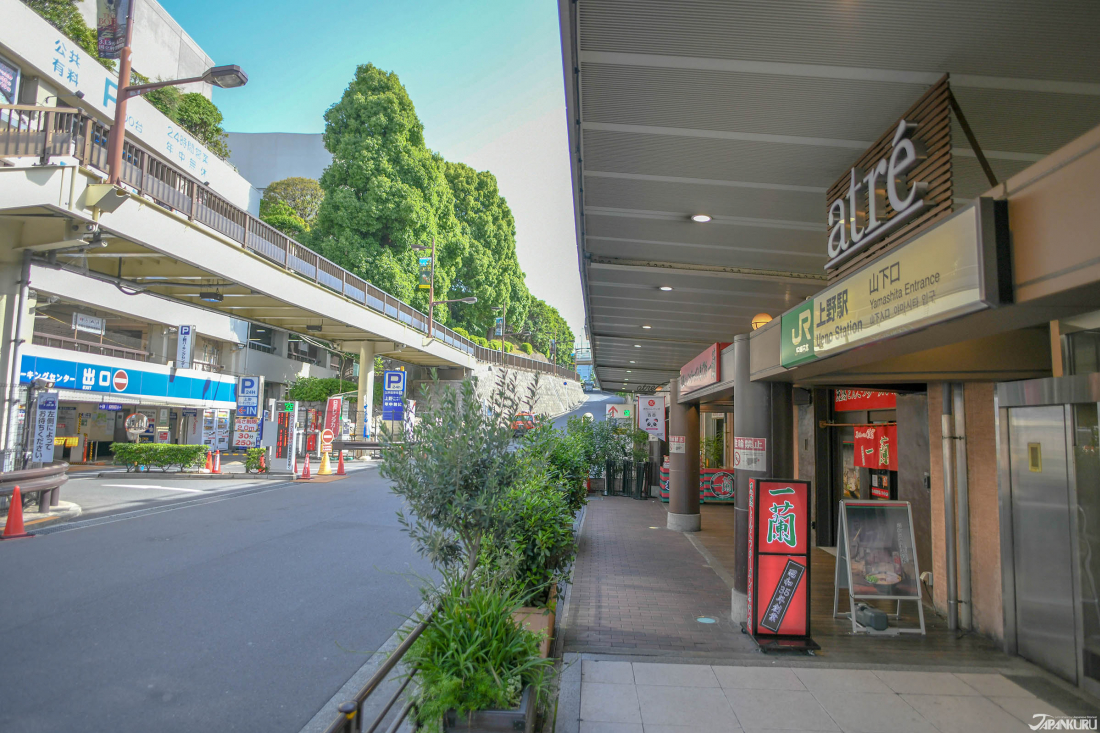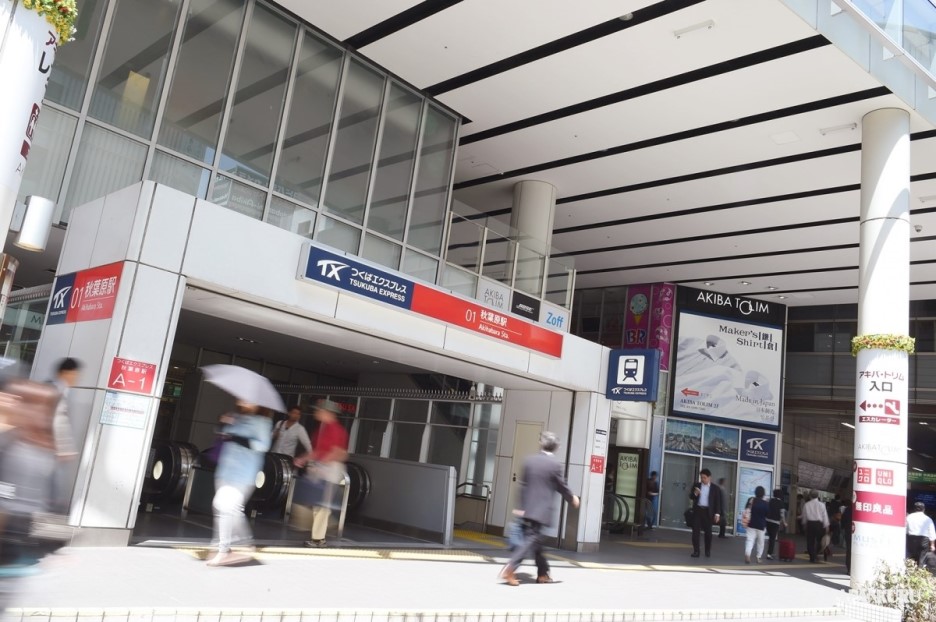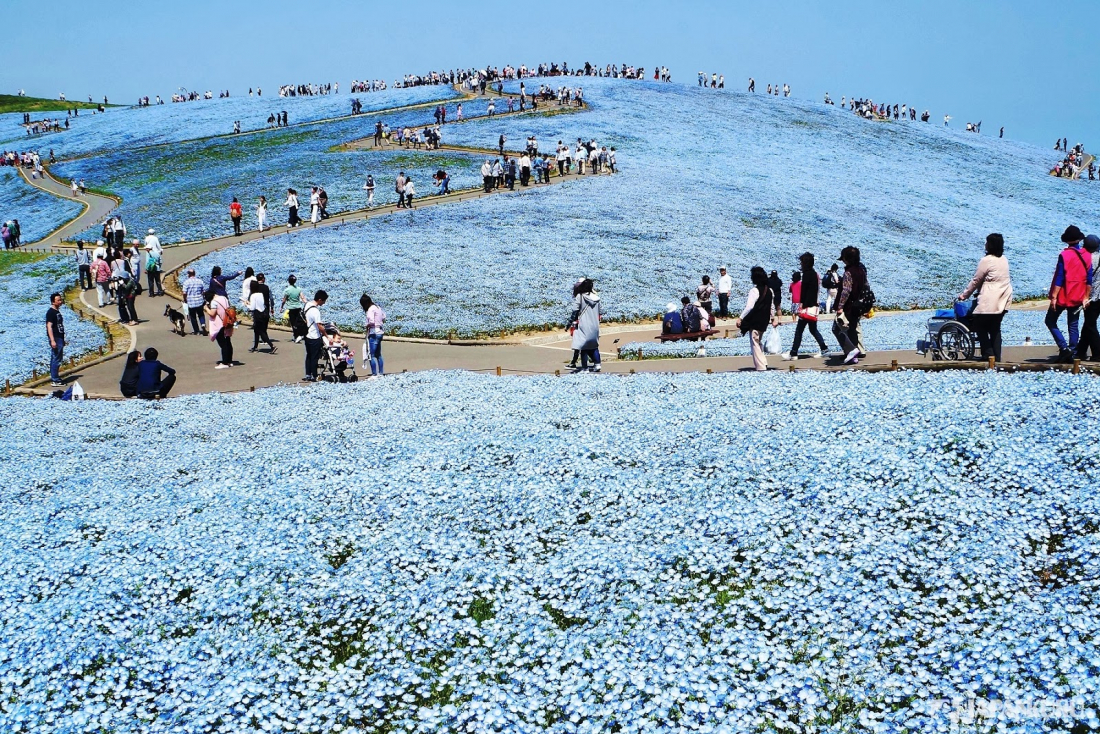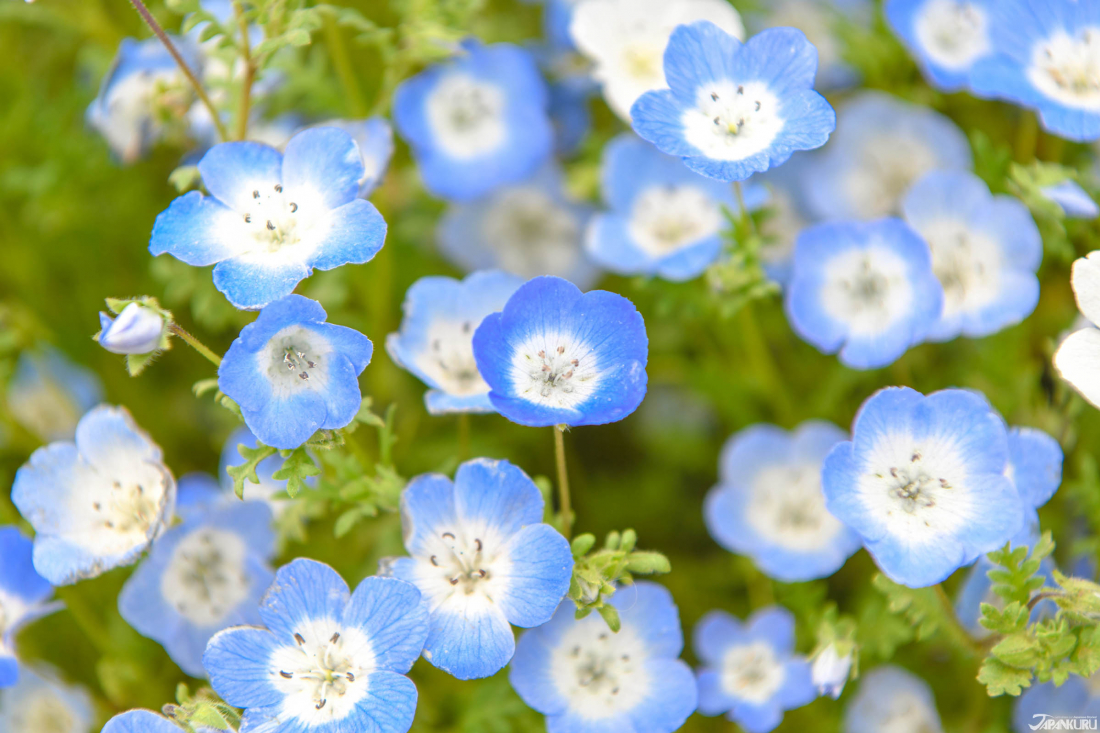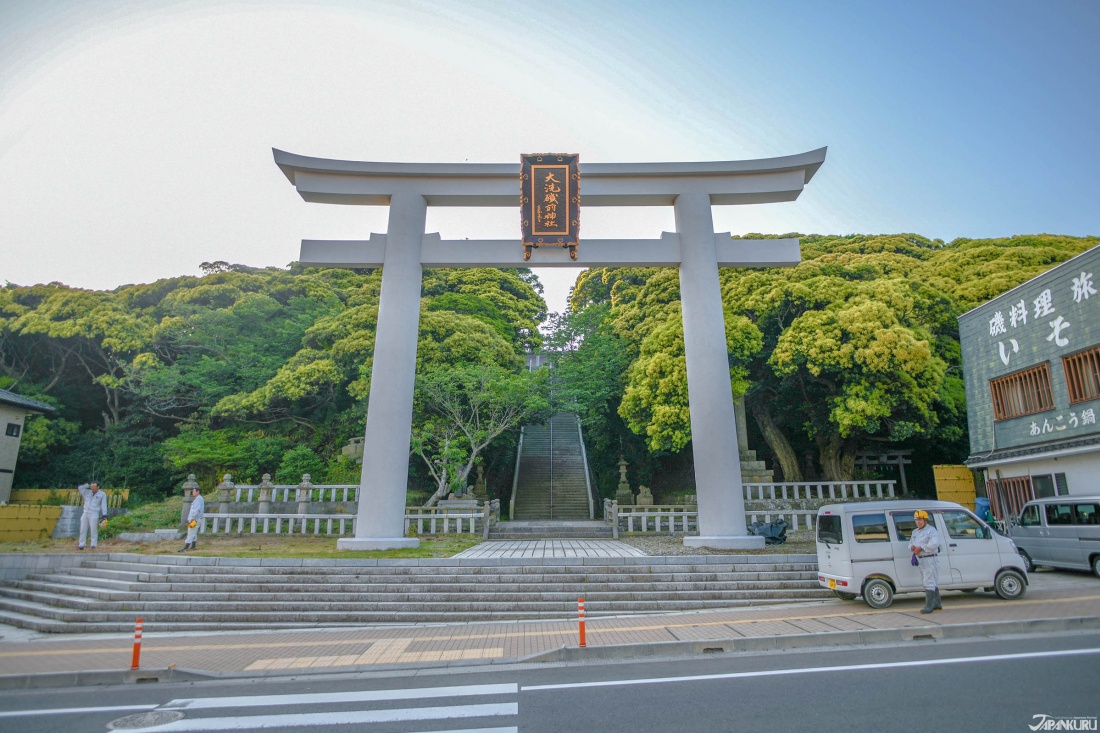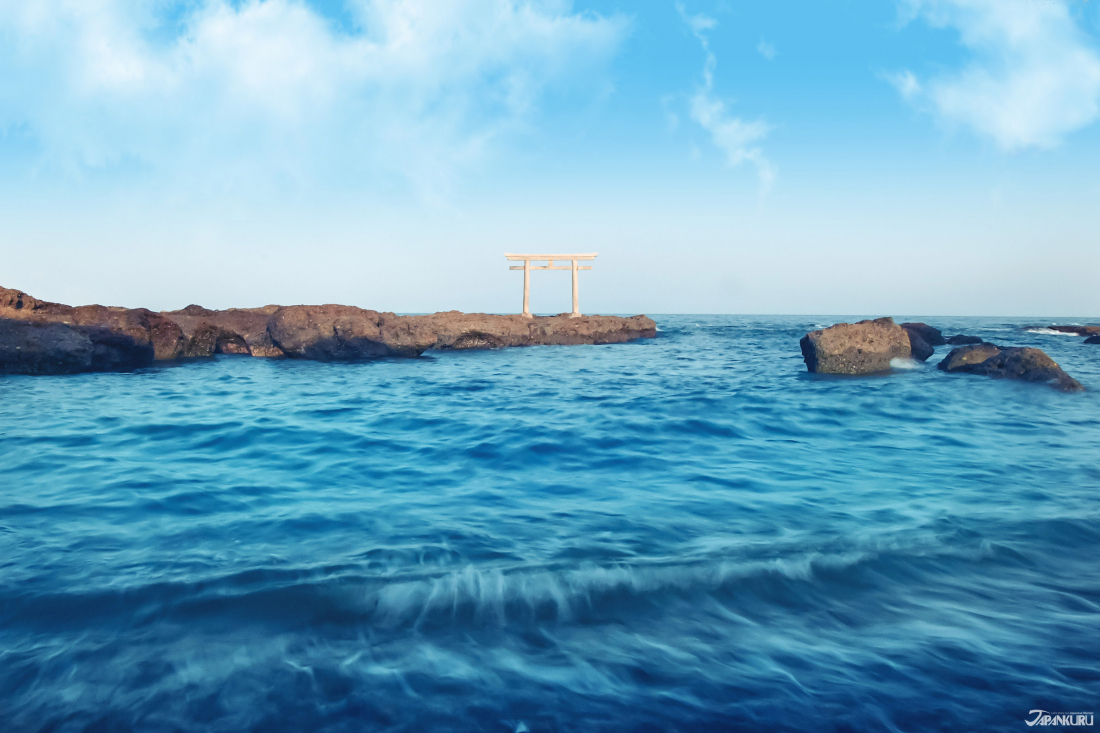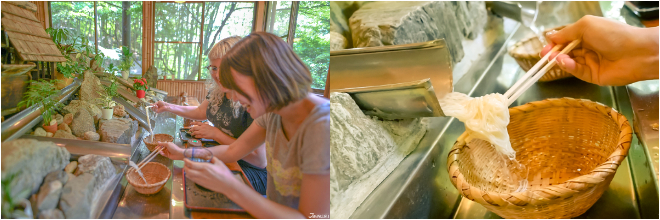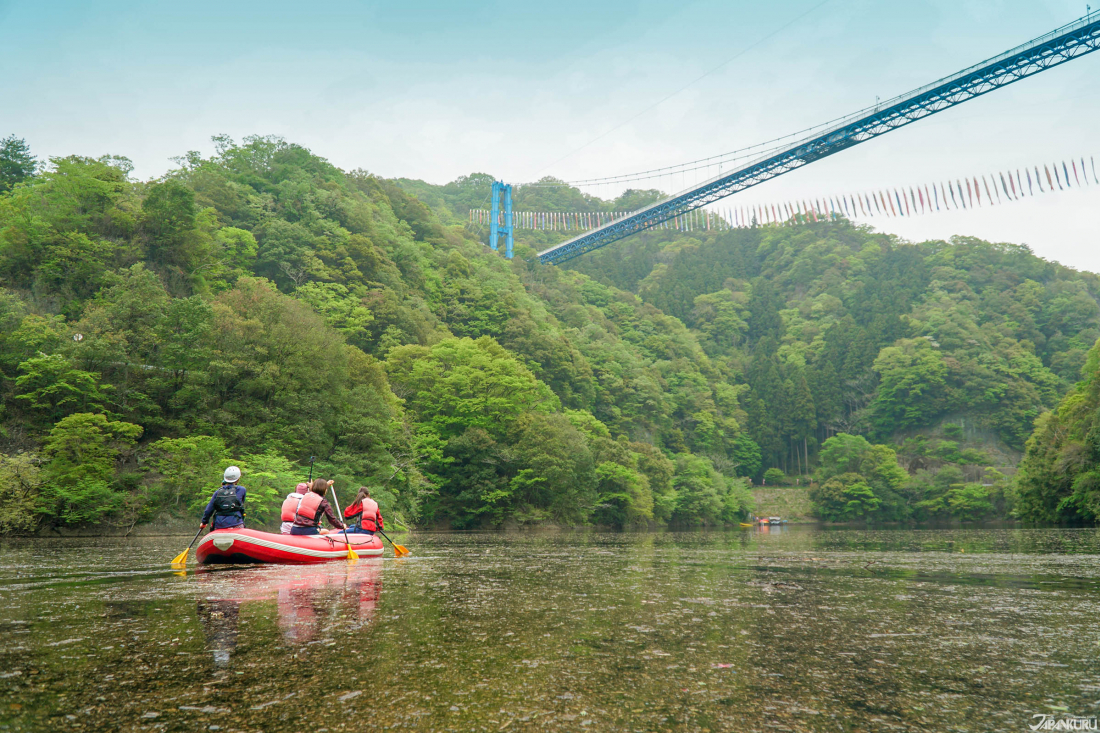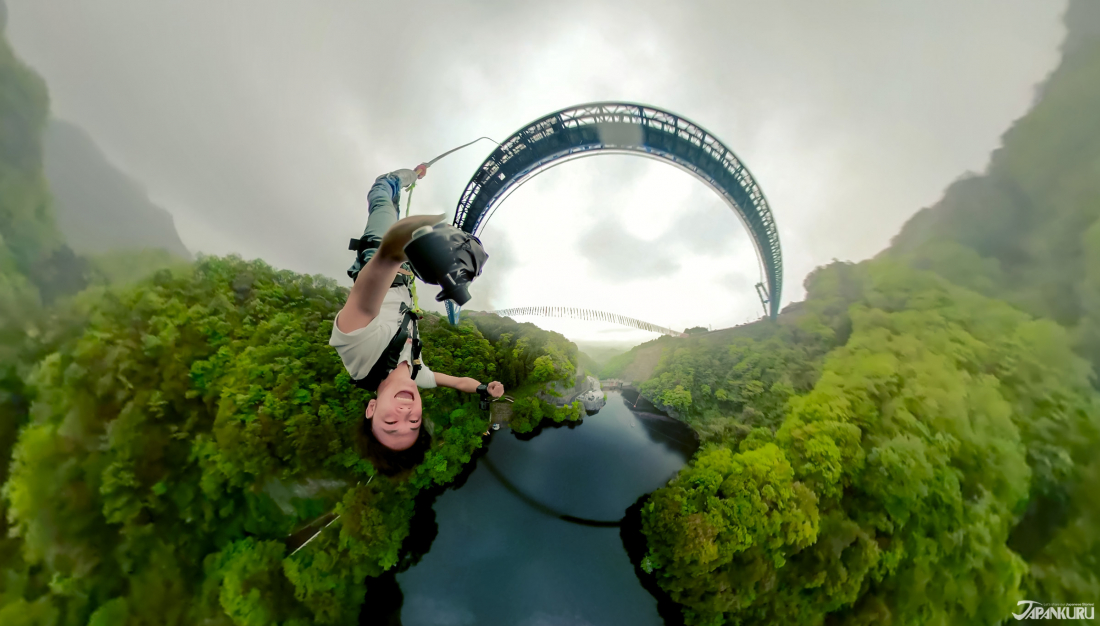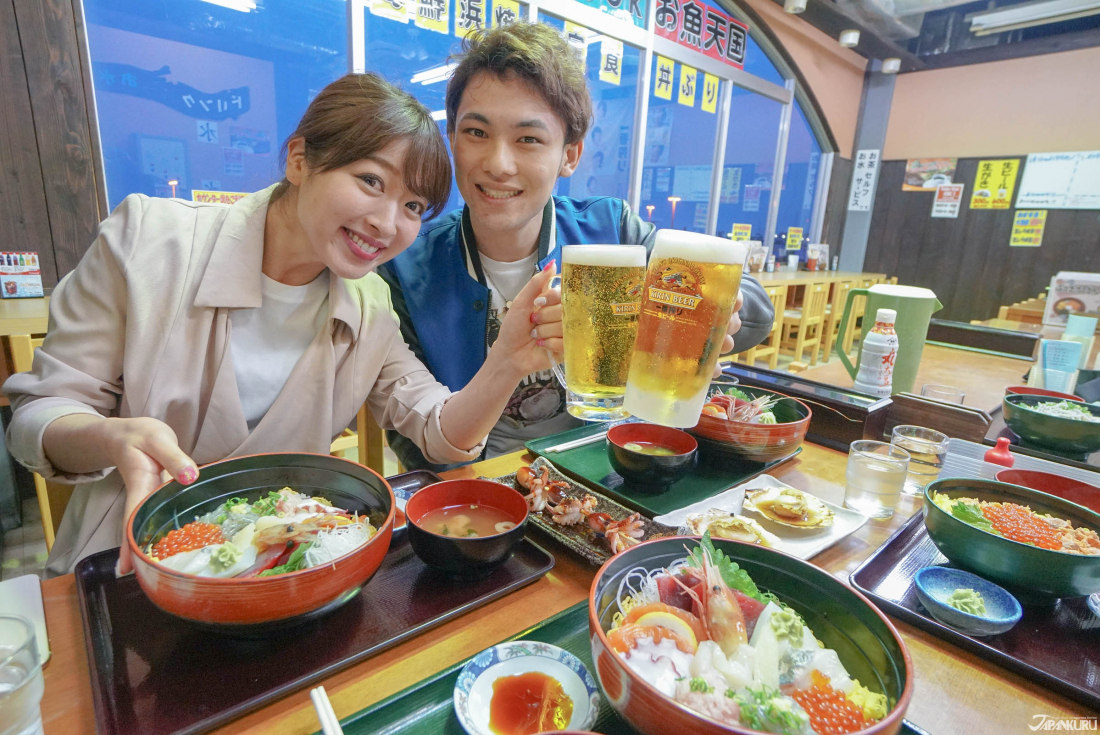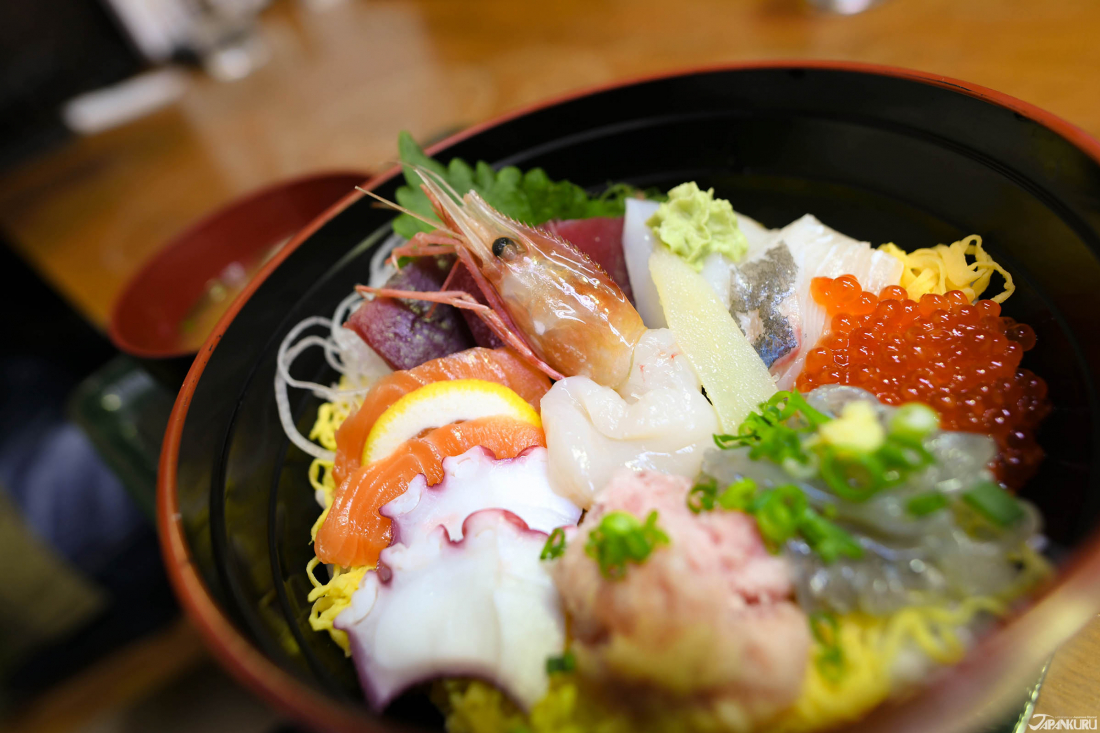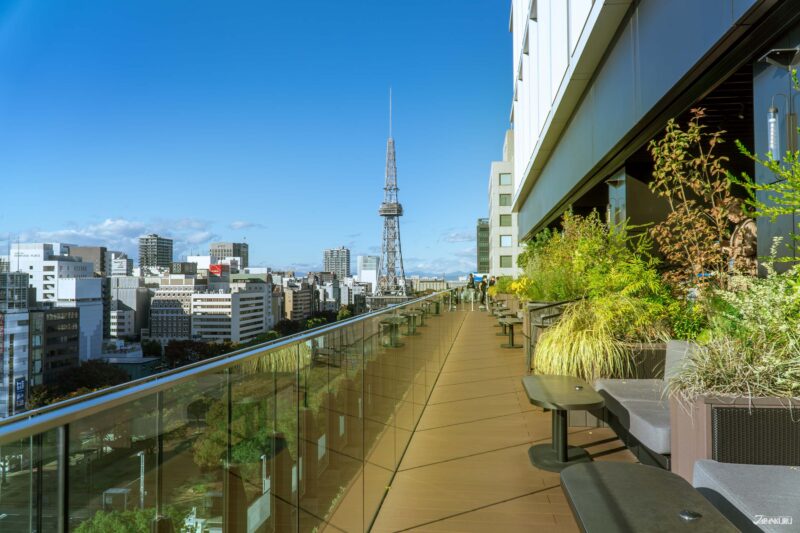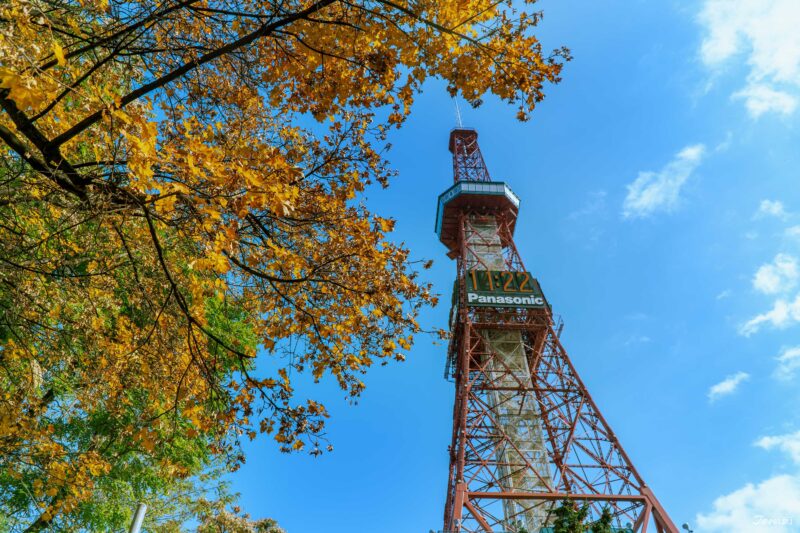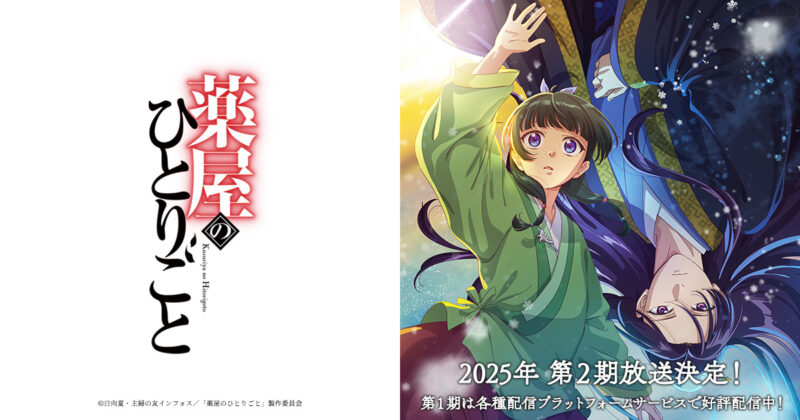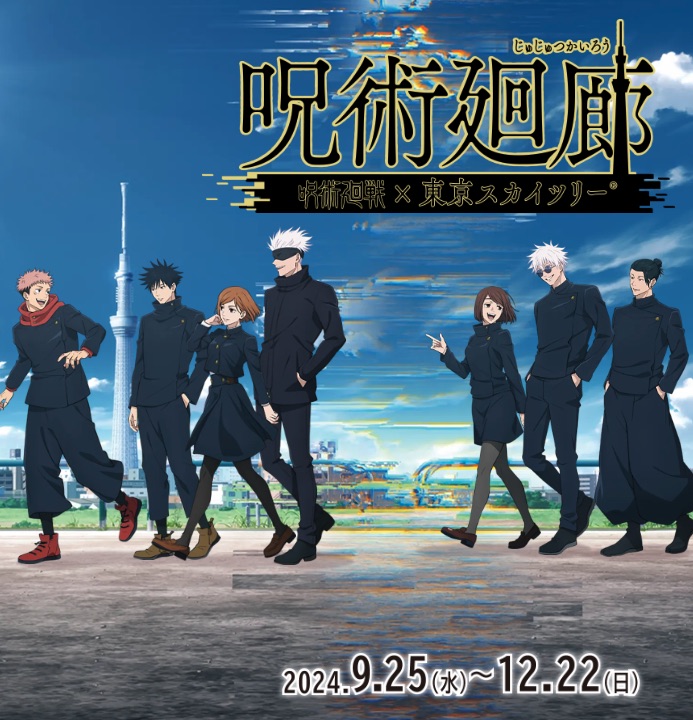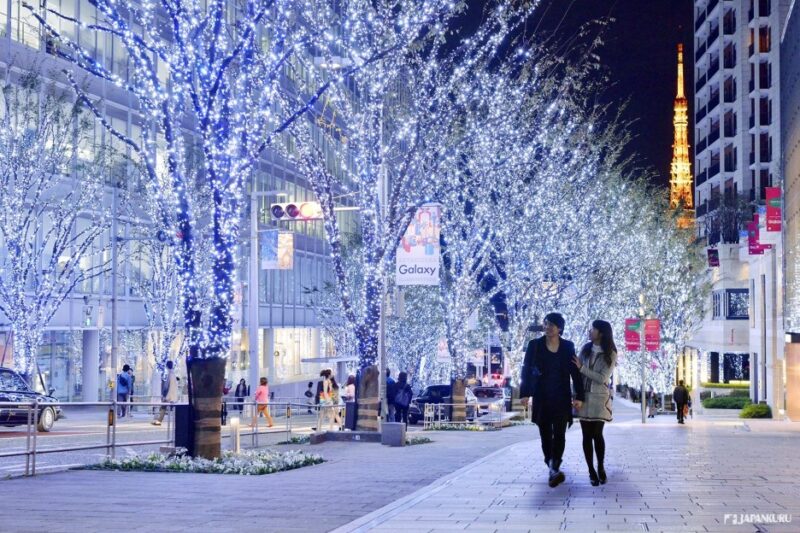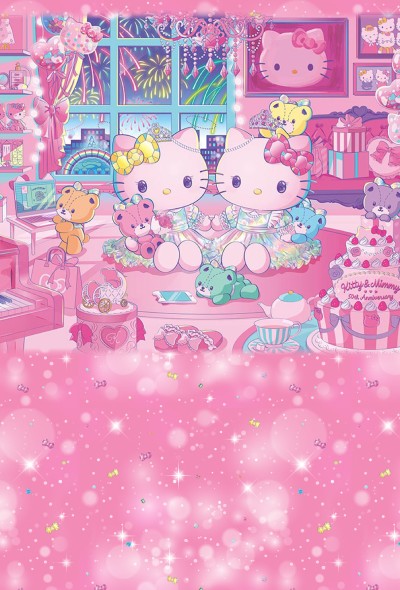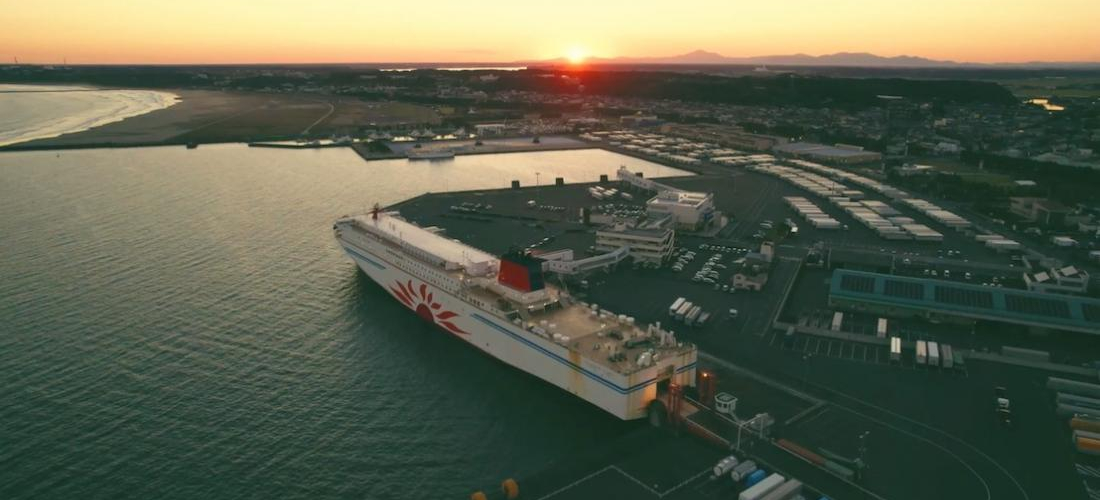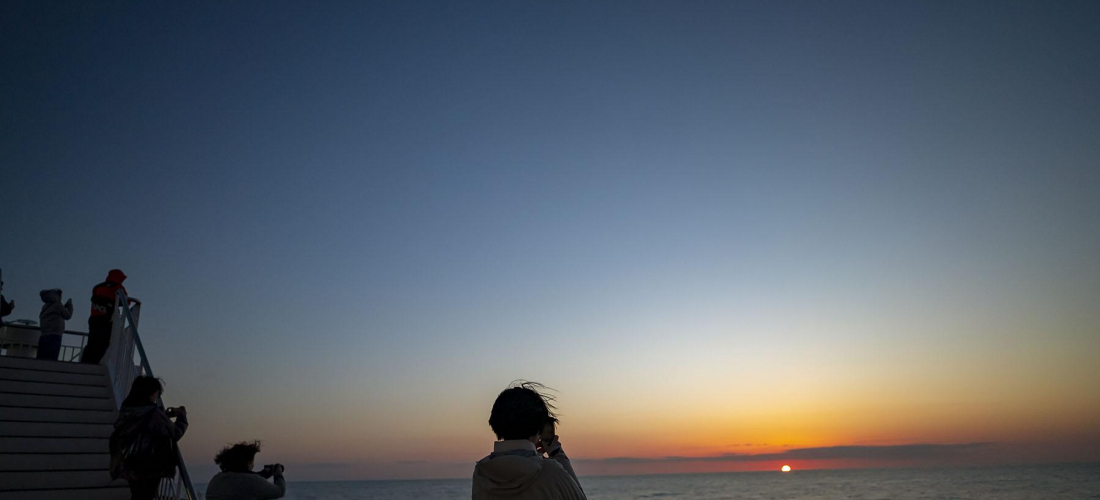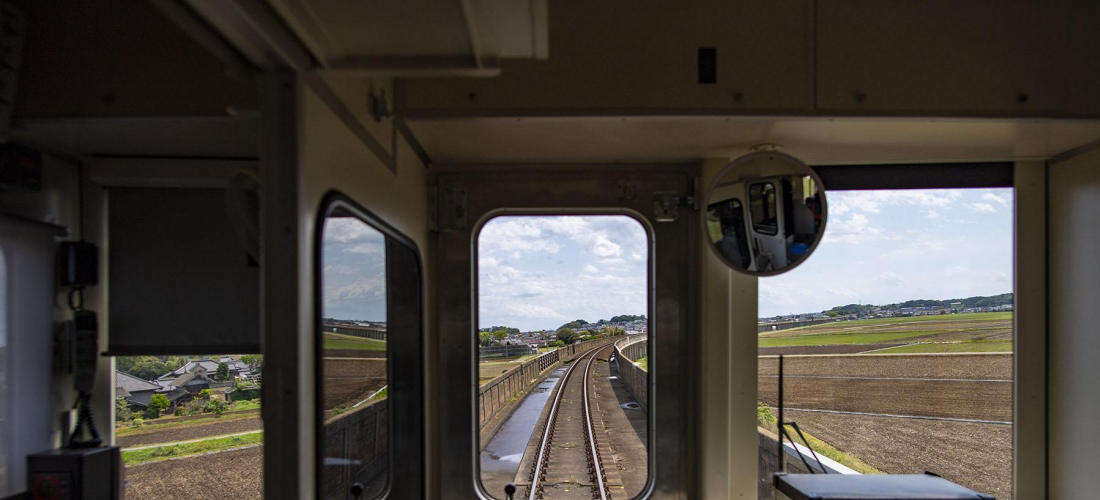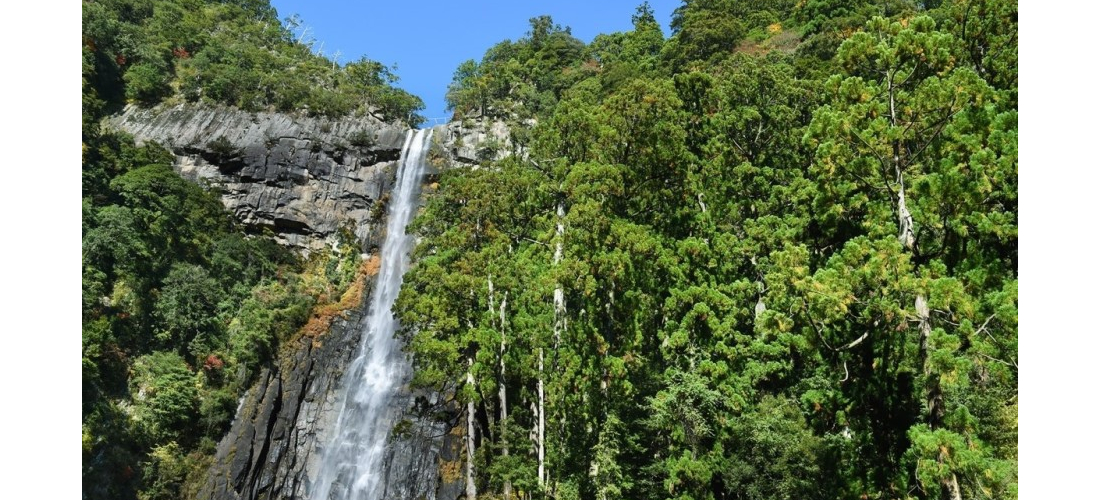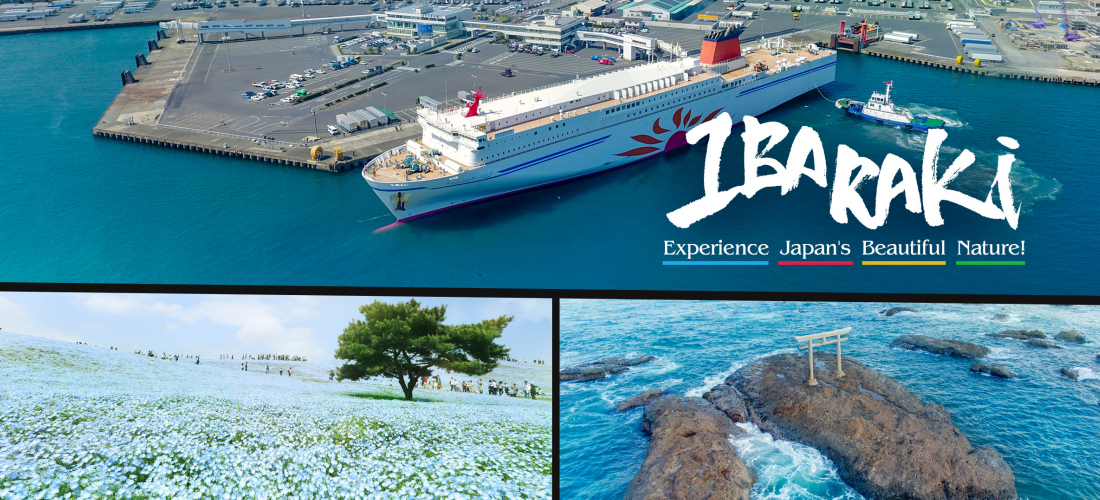
CONTENTS
A lot of the time when people come to Japan, Tokyo is their main point of interest. I mean, and why not? The crowded trains, tall buildings with neon lights everywhere, lots of "only in Japan" places to go to, the excitement of NEVER knowing what you’ll see…the list goes on!! However, more and more are the outskirts of Tokyo, particularly Japan’s nature spots, becoming a "must-go" when traveling to Japan.
JAPANKURU recently went around Ibaraki prefecture on a day trip and found such lovely spots!
Like mentioned above, Ibaraki prefecture is often forgotten, even by Japanese people, as a place to go and explore. There isn’t much information on "places to go in Ibaraki", let alone info in English. Thus we wanted to make an article giving people an idea of possible places to visit.
How to Get to Ibaraki from Tokyo
Option 1
Renting a Car from Nissan Rent-a-Car
the easiest way to do it is by renting a car from Tokyo.
Advantages of renting a car in Japan:
1. No need to worry about strict timetables,
confusing stations, or changing trains
2. No restrictions, i.e.
you can go places that public transportation can't
3. No need to lug around a bunch of luggage
to Ibaraki was at Nissan Rent-a-Car in Ueno.
It's about a minute walk from Yamashita Exit
at JR Ueno Station.
It's right across the street from Ichiran Ramen
(一蘭ラーメン),
and you'll see a blue parking lot signboard.
Just go in there and the rental store
is on the fifth floor.
The easiest way of remembering is
"a blue parking lot opposite Ichiran ramen".
🚙Nissan Rent-a-Car Ueno
(日産レンタカー上野駅前店)
1-50 Uenokoen, Taito-ku, Tokyo
東京都台東区上野公園1-50
Google Maps
⏰Business hours: 8:00 to 10:00pm
Nissan Rent-a-Car Ueno Ekimae (English)
※When using a rental car, an international license is required
Option 2
Limited Express Train JR Hitachi
It takes about 2 hours and 20 minutes to reach the capital of Ibaraki, Mito,
by JR express trains (Hitachi and Tokiwa) from Tokyo Station.
There really isn't much of a time difference compared to driving,
but since the one-way fare is 3,890 yen,
driving would be more economical if you have an international driver's license.
More info about Hitachi and Tokiwa here!
Option 3
Tsukuba Express
The Tsukuba Express is one of Tokyo's private railways.
Asakusa and Akihabara are only 8 minutes away,
and it's a good railway for locals and tourists alike.
If you plan on taking the Tsukuba Express,
you can ride the train to Tsukuba Station (the last stop).
Around Tsukuba are lots of nature spots to explore.
JAPANKURU went a few years ago, so if you would like an idea of what the area is like,
check out the link below⇩
Scenic Spots: Hitachi Seaside Park
❁❶❁
Hitachi Seaside Park
(国営ひたち海浜公園)
It really is no exaggeration to say that the Hitachi Seaside Park is the most famous among Ibaraki sightseeing spots. Originally it was an airfield that reopened in 1991 as a park, so its wide open space with no buildings in the vicinity is something special to other parks.
Hitachi Seaside Park has a series of flowers for you to see depending on the season. Among all of the flowers you can see there, one of the biggest attractions is the blue nemophila that bloom for about a month from the end of April every year. Hills that are blue like the sea are also a regular representing image of Ibaraki.
❁国Hitachi Seaside Park
🏢605-4 Onuma-aza, Mawatari, Hitachinaka, Ibaraki 312-0012
Google Maps
⏰9:30am~5pm (It depends on the season)
Closed: Closed on Tuesday if Monday is a National holiday.
💴Adults (high school studens↑): 450yen, junior high school students & under: free
💻Hitachi Seaside official website
Scenic Spots: Oarai Isosaki Shrine
⛩❷⛩
Oarai Isosaki Shrine
(大洗磯前神社)
Scenic Spots: Tsukimachi Waterfall
🌲❸🌲
Tsukimachi Waterfall
(月待の滝)
It is a stunning spot in Ibaraki
that is surrounded by lush greenery.
You can either look at the beautiful nature from close by,
or go behind the waterfall for a closer look!
It was some of our first time going behind a waterfall and
we were so surprised at how refreshing it was
with the cool temperature and sound of the waterfall.
🌲Tsukimachi Waterfall
🏢 Oazakawayama, Daikomachi, Kuji-gun, Ibaraki Prefecture
茨城県久慈郡大子町大字川山
Google Maps
If you go to Tsukimachi Waterfall, don't leave with on an empty stomach. Instead, try one of Japan's fun dishes! We're talking about nagashi somen, serving somen noodles flowing down bamboo and trying to catch it! At the restaurant that is directly next to Tsukimachi Waterfall, "Momijien" (もみじ苑), you can enjoy Japan's fun way of eating noodles while overlooking the waterfall!
★Momijien (もみじ苑)
🏢Right next to Tsukimachi Waterfall Google Maps
⏰10:30am~7pm !!Closed every Wednesday
Ibaraki Activities
Things to Do: Ryujin-kyo
🌉①🌉
Canyon Ryujin Kyo Rafting
(竜神峡)
Ibaraki's beautiful nature is not just something to gaze at, you can also get involved and become a part of it! The upper stream of the "Ryujin Dam" (竜神峡) in the canyon called Ryujin-kyo is surrounded by mountains and makes you forget you're in Japan.
Here you can tour the canyon by canoe, SUP (stand up paddle surfing), and river rafting on boat tubes. It's a really relaxing and fun way to get involved with Japanese nature. This sort of activity you definitely won't find in Tokyo!
🌉Canon Ryujin Kyo Rafting
🏢2153-39 Shimakura-cho, Shimoda-city, Ibaraki
茨城県常陸太田市下高倉町2153-39
Google Maps
💻Links to related pages
※Open from April 27 to August 31 only.
※Since you might get wet, a change of clothes, towels, and shoes are available
🌉②🌉
Ryujin Bungee Jumping
(竜神バンジー)
This bridge across the canyon is called "Ryujin Otsuribashi" (竜神大吊橋). With the bridge having a length of 375 meters and a height of 100 meters over Ryujin Gorge, this is the highest bungee jump spot in Japan.
Ryujin Bungee Jumping!
🏢2133-6 Kenganocho, Hitachiota-shi, Ibaraki
茨城県常陸太田市天下野町2133-6
Google Maps
☎Contact Phone: 0278-72-8133
– Car rental map Code: 379 341 490 * 24
⏰9am〜5pm (accepted until 4:30pm)
💴16,000 yen
– 50% when canceling the previous day, 100% when canceled on the day
– Availability:
Age between 15 and over / weight between 40 and 105kg
– Reservation page (English)
💻Official website link
Things to Do: Nakaminato Fish Market
🎣③🐙
Nakaminato Fish Market
(那珂湊おさかな市場)
More and more passengers want to go sightseeing in Hokkaido. If you have enough time, you can choose a more economical and affordable method, the Shosen Mitsui Ferry Sunflower! If you come by car, you can park your car inside the boat that way you can cruise around by car once you get to Hokkaido! It's a really cool way to travel, so if your schedule isn't too tight, give it a try!
For more information about the Shosen Mitsui Ferry Sunflower, click here!
🚢Ferry Sunflower (フェリーさんふらわあ)
Passenger Terminal: Oarai Port Ferry Terminal
🏢Chuo 2, Oaraimachi Port, Higashiibaraki-gun, Ibaraki
茨城県東茨城郡大洗町港中央2
Google Maps
💻Official website link
🚌Access:
From Tokyo Station to Oarai Ferry Terminal:
① From Tokyo Station's JR Bus Terminal (located at Yaesu South Exit of the station), take the express bus "Mitogo" (みと号) for Mito Station (水戸駅).
It will take you to Oarai Ferry Terminal without having to change transportation!
★ Only one bus a day
⏰Departs Tokyo Station at 2:20pm → Arrives at Oarai Ferry Terminal at 4:45pm
To return to Tokyo:
⏰Oarai Ferry Terminal 3pm → Tokyo Station 6:28pm
💴2,320yen (children are 1/2 price)
Stay tuned for new, original articles every day on JAPANKURU🐶.
Or add us on Google+, Instagram, Facebook to share your Japanese pictures💖🗾
Details
NAME:Shosen Mitsui Ferry (商船三井フェリー)
MAP
COMMENT
FEATURED MEDIA
VIEW MORE
A Tokyo Winter Must-See: Tokyo Mega Illumination Event Period: November 2, 2024 ~ January 12, 2025 *Closed Nov 4~8, Dec 1~6, Dec 25~ Jan 1. End date may be subject to change. Hours: 16:30 – 21:00 (final admission 20:00) *Opening hours may vary depending on scheduled events or congestion, please check the official website for details. Directions: 2 min. walk from Tokyo Monorail Oikeibajo-Mae Station, 12 min. walk from Keikyu Tachiaigawa Station #japankuru #tokyowinter #tokyomegaillumination #megaillumination2024 #tokyocitykeiba #도쿄메가일루미네이션 #tokyotrip #oiracecourseillumination

Tokyo Shopping Spot Recommendation: New Balance Kichijoji #newbalance #newbalancekichijoji #newbalancejapan #japanesesneakerheads #shoppinginjapan #japantrip #도쿄여행 #도쿄쇼핑 #뉴발란스 #일본한정 #일본패션 #日本購物 #日本買衣服 #NB #日本時尚 #東京購物 #รองเท้าnewbalance #นิวบาลานซ์ #รองเท้าผ้าใบ #ช้อปปิ้ง #คิจิโจจิ #japankuru

See Kyoto Clearly With Your New Glasses #japankuru #kyoto #jins #교토여행 #진즈 #京都 #교토수족관 #가모가와 #kamogawa #kyotoaquarium

The First Japanese Converse Flagship: CONVERSE STORE HARAJUKU #japankkuru #conversejp_pr #conversejapan #harajuku #tokyotrip #converse #tokyoshopping #匡威 #帆布鞋 #東京購物 #原宿 #日本時尚 #일본쇼핑 #일본컨버스 #일본한정 #하라주쿠 #일본패션 #일본스트릿 #รองเท้าconverse #รองเท้าผ้าใบ #ช้อปปิ้ง #ฮาราจูกุ #คอนเวิร์ส

Japanese Makeup Shopping • A Trip to Kamakura & Enoshima With Canmake’s Cool-Toned Summer Makeup #pr #canmake #enoshima #enoden #에노시마 #캔메이크 #japanesemakeup #japanesecosmetics

⚔️The Robot Restaurant is gone, but the Samurai Restaurant is here to take its place. Check it out, and don't forget your coupon! 🍣신주쿠의 명소 로봇 레스토랑이 사무라이 레스토랑으로 부활! 절찬 쿠폰 발급중 💃18歲以上才能入場的歌舞秀,和你想的不一樣!拿好優惠券去看看~ #tokyo #shinjuku #samurairestaurant #robotrestaurant #tokyotrip #도쿄여행 #신주쿠 #사무라이레스토랑 #이색체험 #할인이벤트 #歌舞伎町 #東京景點 #武士餐廳 #日本表演 #日本文化體驗 #japankuru #japantrip #japantravel #japanlovers #japan_of_insta

Japanese appliance & electronics shopping with our KOJIMA x BicCamera coupon! 用JAPANKURU的KOJIMA x BicCamera優惠券買這些正好❤️ 코지마 x 빅 카메라 쿠폰으로 일본 가전 제품 쇼핑하기 #pr #japankuru #japanshopping #kojima #biccamera #japaneseskincare #yaman #dji #osmopocket3 #skincaredevice #日本購物 #美容儀 #相機 #雅萌 #日本家電 #일본여행 #면세 #여행꿀팁 #일본쇼핑리스트 #쿠폰 #일본쇼핑 #일본브랜드 #할인 #코지마 #빅카메라 #japankurucoupon

Odaiba's DiverCity Tokyo Plaza is home to the famous real-size 20m-tall Unicorn Gundam, and the popular shopping center has even more Gundam on the inside! Check out the Gundam Base Tokyo on the 7th floor for shelves upon shelves of Gunpla, and the Gundam Base Tokyo Annex on the 2nd floor for cool anime merchandise. Both shops have tons of limited-edition items! #pr #odaiba #tokyo #tokyotrip #japantrip #japantravel #PR #divercity #divercitytokyoplaza #tokyoshopping #gundam #unicorngundam #gundambasetokyo #anime #otaku #gunpla #japankuru #오다이바 #다이바시티도쿄 #오다이바건담 #건담 #일본건담 #건프라 #건담베이스도쿄


